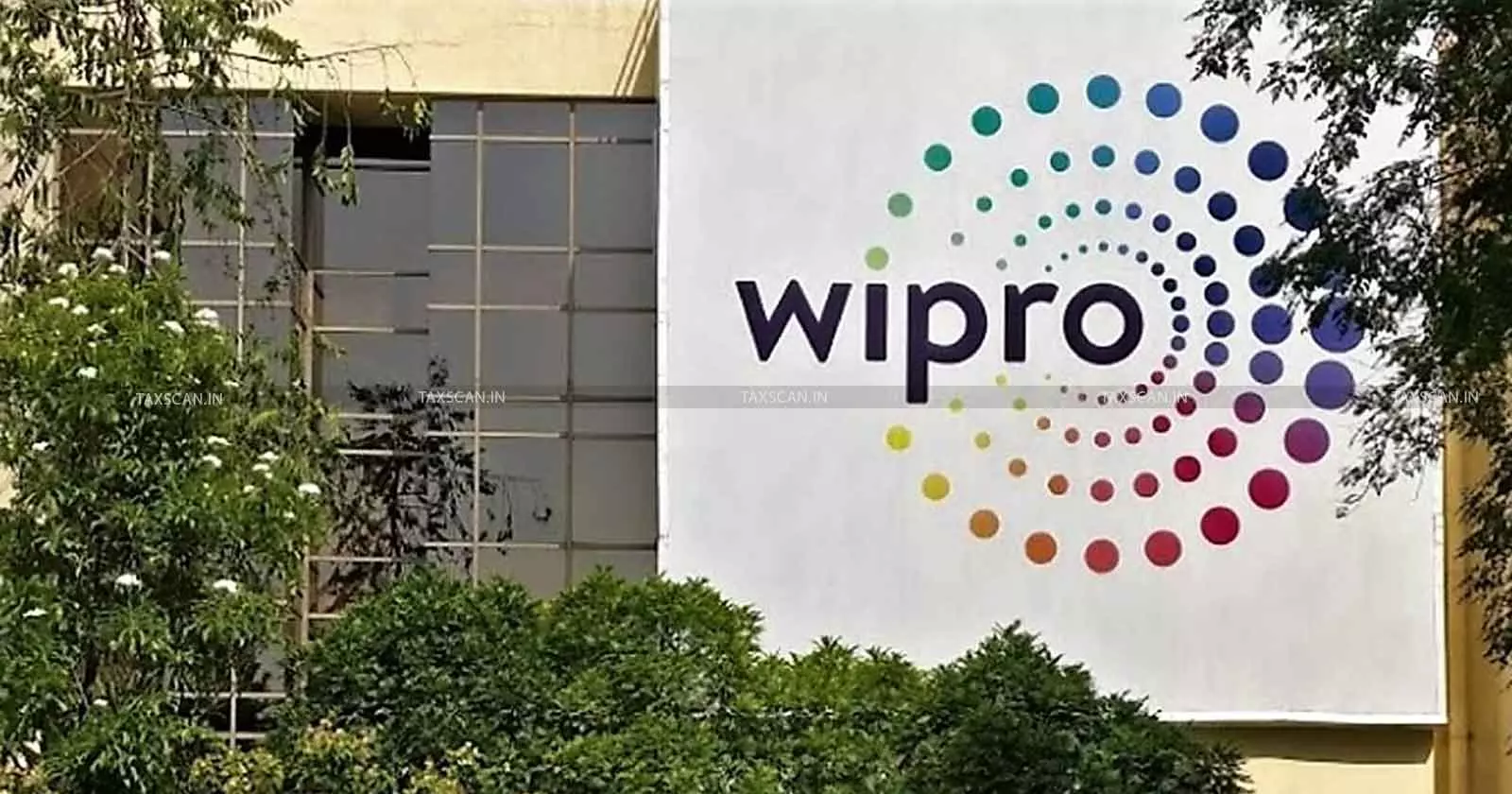Supreme Court to Decide on Whether Wipro Can Claim Excise Exemption for New Products Made in Existing Unit Post Cut-Off Date, Lists matter on 15th Sep 2025
Wipro’s excise duty dispute centers on whether its Baddi unit, which qualified for exemption before March 2010, can extend the benefit to new products introduced later through additional machinery.

In a pending appeal, the Supreme Court of India is set to examine a challenge filed by the Commissioner of CGST against Wipro Enterprises Pvt. Ltd., questioning the company’s entitlement to area-based excise duty exemption under Notification No. 50/2003-CE for new products introduced in its existing Baddi unit after the cut-off date of March 31, 2010.
Case Background
The central government issued Notification No. 50/2003-CE in June 2003 to promote industrial growth in less-developed states such as Himachal Pradesh, Uttarakhand, and parts of the North-East. Under this scheme, any new industrial unit that started commercial production before March 31, 2010, could enjoy a 10-year excise duty exemption on eligible goods manufactured in that unit. The purpose was to attract investment and create jobs in these regions by giving tax relief and certainty to businesses.
Wipro Enterprises Pvt. Ltd. became eligible for this exemption when its Baddi unit in Himachal Pradesh started commercial production in December 2009, just before the cut-off date. Initially, the unit produced certain electrical goods.
How Does the Supreme Court Shape Tax Laws? Discover Landmark Rulings! Click here
In later years, Wipro invested in additional plant and machinery at the same premises and began producing a variety of new products, including hand wash, face wash, talcum powder, shaving cream, deodorants, and electrical switches. All of this was done under the same unit that had already qualified for the exemption.
Tax authorities took the position that the new products, introduced after the cut-off date, were not eligible for the exemption. According to them, manufacturing these items with new machinery amounted to setting up a “new unit,” which was outside the scope of the 2003 notification. Based on this interpretation, a demand of over ₹6.28 crore in excise duty was raised against Wipro, along with interest and penalties.
CESTAT Ruling
Wipro challenged the order before the Customs, Excise and Service Tax Appellate Tribunal (CESTAT) in Chandigarh.
In August 2022, the Tribunal ruled in favor of Wipro and set aside the demand. It made the following key observations:
- Once a unit qualifies under Notification 50/2003-CE, the exemption covers all eligible goods manufactured during the 10 years, not just the products made at the beginning.
- The government’s own circular dated 22 December 2010 clarified that adding or modifying machinery and producing new products during the exemption period is allowed, as long as no entirely new unit is set up.
- A later instruction from 2016 only warned against misusing the scheme by disguising a brand-new unit as an expansion of an existing one. In Wipro’s case, the Tribunal found no such misuse; the old unit was still operational, and the new products were made in the same facility.
- The Tribunal explained that the scale of investment or the relative quantity of old and new products should not be a factor. What matters is whether the same unit continues, which Wipro had demonstrated.
On these grounds, the Tribunal struck down the duty demand and upheld Wipro’s exemption.
How Does the Supreme Court Shape Tax Laws? Discover Landmark Rulings! Click here
Appeal to the Supreme Court
The tax department has now appealed the CESTAT decision to the Supreme Court.
The core legal question is:
- Can a unit that started before March 2010 continue to enjoy exemptions for new products introduced later by adding machinery, or does this count as a new unit outside the scheme?
The matter is registered as Civil Appeal No. 2990 of 2023 (Commissioner, CGST v. Wipro Enterprises Pvt. Ltd.). The Supreme Court will now examine the scope of the exemption and the interpretation of the government’s notification and circulars.
The case is scheduled for a hearing on 15 September 2025.
If ruling in Wipro’s favor, that would give confidence to manufacturers that diversification and investment in existing units will not cost them exemptions. Ruling against Wipro would strengthen the department’s view that the exemption should be limited strictly to the original products, ensuring tighter control and potentially boosting tax collections.
The judgment could settle long-standing ambiguity around how far the 2010 cut-off applies only to unit establishment, or also to product diversification.
Support our journalism by subscribing to Taxscan premium. Follow us on Telegram for quick updates


